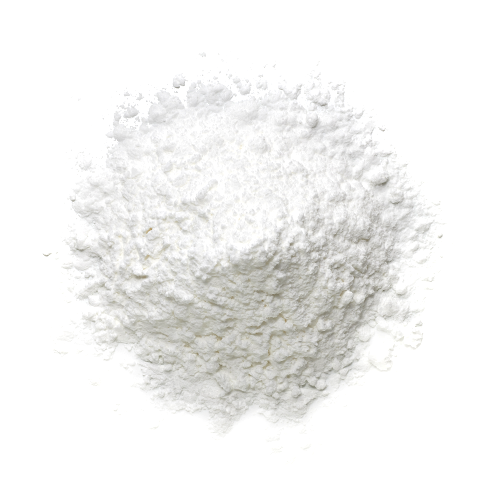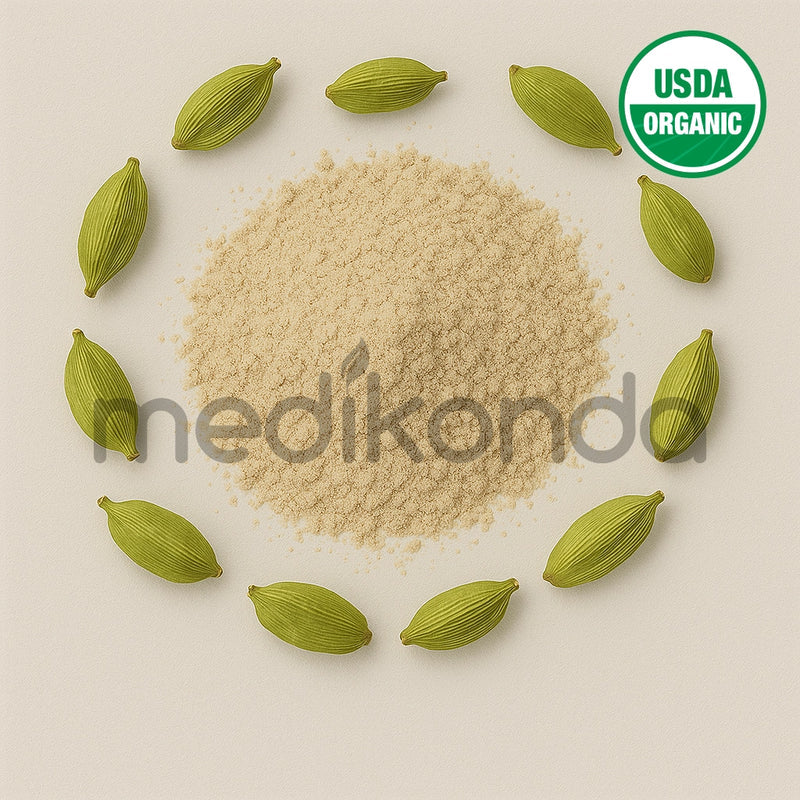Add description, images, menus and links to your mega menu
A column with no settings can be used as a spacer
Link to your collections, sales and even external links
Add up to five columns
Add description, images, menus and links to your mega menu
A column with no settings can be used as a spacer
Link to your collections, sales and even external links
Add up to five columns
LOOKING FOR BULK INGREDIENTS PRICING?
GET INSTANT QUOTEwhat ingredient are you looking for?

Benefits of Lactose - Wholesale B2B Bulk Suppliers in Australia and New Zealand
Lactose: Understanding the Milk Sugar and Its Role in Nutrition
What is Lactose?
Lactose is a natural sugar found primarily in milk and dairy products. It is a disaccharide, meaning it’s made up of two simpler sugars: glucose and galactose. Lactose provides a source of energy and plays a crucial role in calcium absorption and gut health—especially during infancy.
To digest lactose, the body produces an enzyme called lactase, which breaks it down in the small intestine. However, some individuals produce less lactase as they age, leading to a condition known as lactose intolerance.
Nutritional Importance of Lactose
1. Energy Source
Lactose offers a quick and easily digestible source of carbohydrates. This is particularly important for:
-
Infants and children, whose diets are heavily milk-based
-
Athletes, who need fast-digesting energy before or after workouts
2. Supports Calcium and Mineral Absorption
Lactose improves the body’s ability to absorb calcium, magnesium, and phosphorus, all of which are essential for:
-
Bone growth and density
-
Nerve and muscle function
-
Preventing osteoporosis
3. Promotes Gut Health in Infants
In infants, undigested lactose reaches the colon and serves as a prebiotic, encouraging the growth of beneficial bacteria such as Bifidobacteria. This helps:
-
Establish a healthy gut microbiome
-
Strengthen immune function
-
Improve digestion
Common Dietary Sources of Lactose
Lactose is found in varying amounts in:
-
Milk (cow, goat, sheep)
-
Cheese (higher in soft, fresh cheeses)
-
Yogurt
-
Cream and butter
-
Whey protein
-
Processed foods containing dairy derivatives
What is Lactose Intolerance?
Lactose intolerance occurs when the body produces insufficient lactase enzyme to digest lactose, resulting in symptoms like:
-
Bloating
-
Gas
-
Diarrhea
-
Abdominal cramps
This condition is common in adults and varies across populations, with higher prevalence in:
-
East Asian
-
African
-
Native American
-
Middle Eastern communities
Managing Lactose Sensitivity
Those with lactose intolerance can still enjoy dairy by:
-
Choosing lactose-free products
-
Using lactase enzyme supplements
-
Eating aged cheeses and yogurt (which have lower lactose)
-
Opting for plant-based milk alternatives like almond, soy, or oat milk
Industrial and Nutraceutical Applications
-
Pharmaceutical industry: Lactose is widely used as a filler or carrier in tablets and capsules.
-
Food industry: It acts as a sweetener, stabilizer, and browning agent in baked goods and infant formula.
-
Sports nutrition: Found in whey protein powders and meal replacement drinks.
Final Thoughts
Lactose is more than just a sugar in milk—it’s a vital nutrient with important roles in energy metabolism, bone health, and digestive support, especially in early life. While lactose intolerance is common, it can be managed with the right dietary adjustments. Understanding your body’s tolerance can help you make informed, nutritious choices when it comes to dairy and beyond.
For bulk orders and inquiries, visit Medikonda Nutrients - Lactose
Medikonda Nutrients is the Largest Manufacturer, B2B Bulk Wholesale Supplier of Lactose in Australia and New Zealand.
Also in Medikonda: Health & Wellness
SUBSCRIBE NOW ...
Don't miss to get latest updates on sales, new releases and promotions




